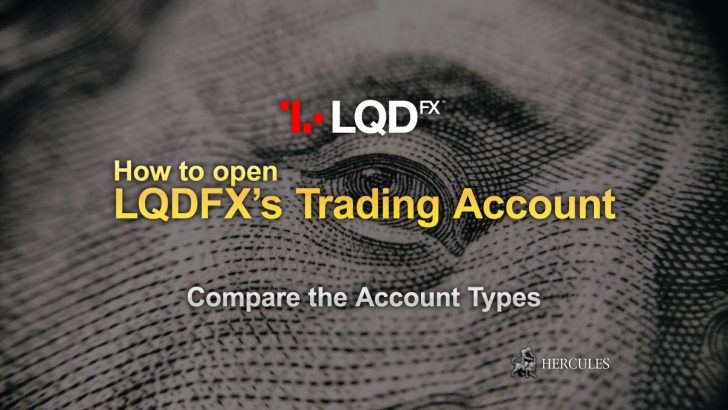Stock Index Futures
Futures contracts on a stock index, such as the Standard and Poor’s 500 or the Dow Jones Industrial Average.
Stock index futures contracts are a derivative of the underlying index, and are cash-settled.
The stock exchange, on which the securities of many issuers circulate, is very sensitive to any changes that occur both within each company and the economy of the country as a whole.
This is reflected in the dynamics of changes in prices of shares and bonds.
One of the features of the stock exchange is the fact that based on its dynamics it is possible to assess the condition and development trends of the real economy sectors.
For this purpose, information and analytical agencies and stock exchanges calculate various indices and indicators which are used to analyse the dynamics of change in the value of shares on the market in whole.
The stock index is defined as the average of share price on a specific date in a representative group of companies with respect to their basic value, calculated as of an earlier date.
The basic value of the index is calculated as of a certain date or for a certain period in the past. The current value of the index characterizes the direction of the market.
Using stock indices and indicators in the dynamics, investors can identify trends in share prices.
If indicators and indices are rising, it indicates the growth of share prices, and the market is called “bull market.” If they are going down, it is called “bear market.” In world practice, a large number of indices is calculated for determination of which various selections and methods of calculation are used.
The first stock index was developed in the U.S. in 1884 by Charles Dow, who calculated it on 11 railway companies as the average price of the shares of these companies.
Later on, this index has been modified several times by means of including therein new companies in various industries.
Currently 4 indices of Dow Jones are published: industrial, transport, utility and consolidated.
The most famous is the Dow Jones Industrial Average, DJIA, which has been published from 1928 to the present.
The industrial index is calculated on the shares of 30 largest corporations that make up the backbone of the American industry, shares which are highly valued by the market and widely-distributed among investors.
Due to the fact that some companies lose their positions in the market, and new large corporations appear, mergers and takeovers take place, structures of the companies shares of which are accounted for in the calculation of the index are now and then reviewed.
Internalization of the stock exchange has led to the emergence of global indices, with their help attempts are made to characterize the dynamics of share prices changes in the regional context and the international community as a whole.
The most famous is Actuaries World Index, which is calculated on shares of 2,500 companies from 24 countries.
Indices used in practice can be classified into the following types:
- Industry indices, which are calculated for a particular sector of the economy (energy, ferrous and non-ferrous metallurgy, oil and gas, banks, etc.). At the bottom of the calculation lie share quotations of the leading enterprises of specific industry.
- Summary (composite) indices, which are calculated based on the share prices of companies in various industries. For selection of companies, two basic approaches are used. The first approach is based on the fact that companies included in the index calculation should reflect the structure of the industries of the national economy. «FTSE-30» index calculated in the UK can serve as an example here.
The most common method used in calculating of the index is a weighted arithmetic average method.
In this method the company’s size and scale of operations in the stock exchange are taken into account.
Usually the weight is the market capitalization of the company, i.e. the market value of the shares issued by the company.
Well-known indices are calculated based on this method.
In the U.S., the following indices are calculated by means of weighted arithmetic average method: consolidated and sectoral indices “Standard & Poor’s» («S & P”), the composite index of the New York Stock Exchange, the indices of NASDAQ, the American Stock Exchange index, the index «Wilshire 5000» («Wilshire 5000 “), etc.
In the UK, this method is used to determine «FT-SE 100» index, which is calculated on the 100 largest companies selected by a special commission composed of the representatives of the London Stock Exchange, the newspaper «Financial Times» and professional participants of the stock exchange, «FT-SE Mid 250» index calculated on 250 medium-sized companies, which make up about 20% of the market capitalization; «FT-350» index, which combines «FT-100» and “FT-250” indices.
In Germany, a classic average weighted index is «DAX» index, as well as other indices in this group: composite index «CDAX»; «DAX-100».
In France, the major stock indices of the «CAC» group are calculated based on this method, including: «CAC-40» which is calculated by the Company of French stock exchanges on 40 largest issuers, and the general index («CAC General»), defined on 250 companies.
In Japan, the weighted average index is classic index TOPIX, calculated on the shares of all the companies which are traded in the first section of the Tokyo Stock Exchange.
In this section, the shares of the most well-known companies are traded, the number of which exceeds 1,000.
Weighing is performed by the number of shares issued.
The world’s leading analytical agencies calculate and publish daily status of all major listed stock indices giving true and fair view of the situation in the stock market as a whole.










